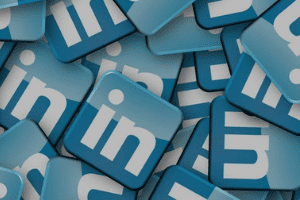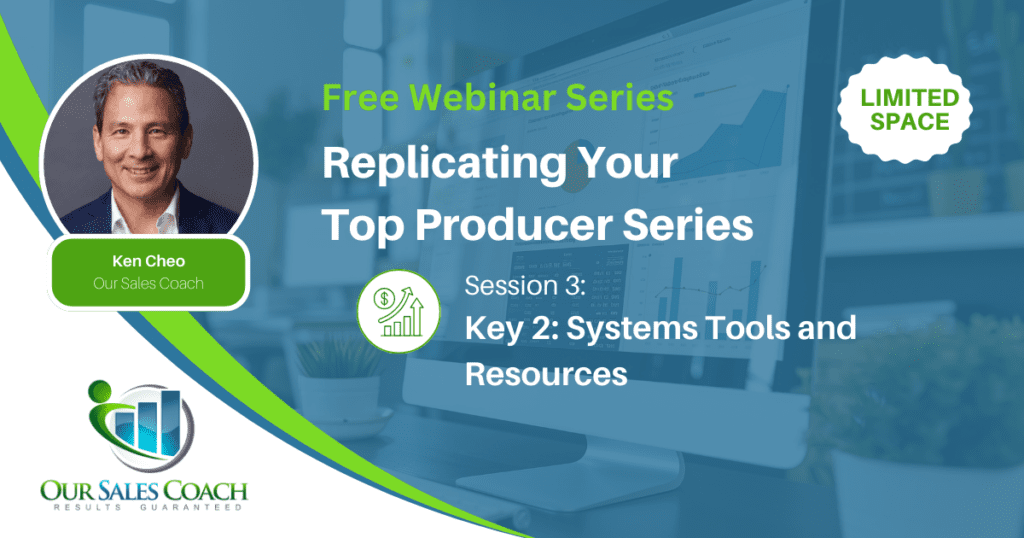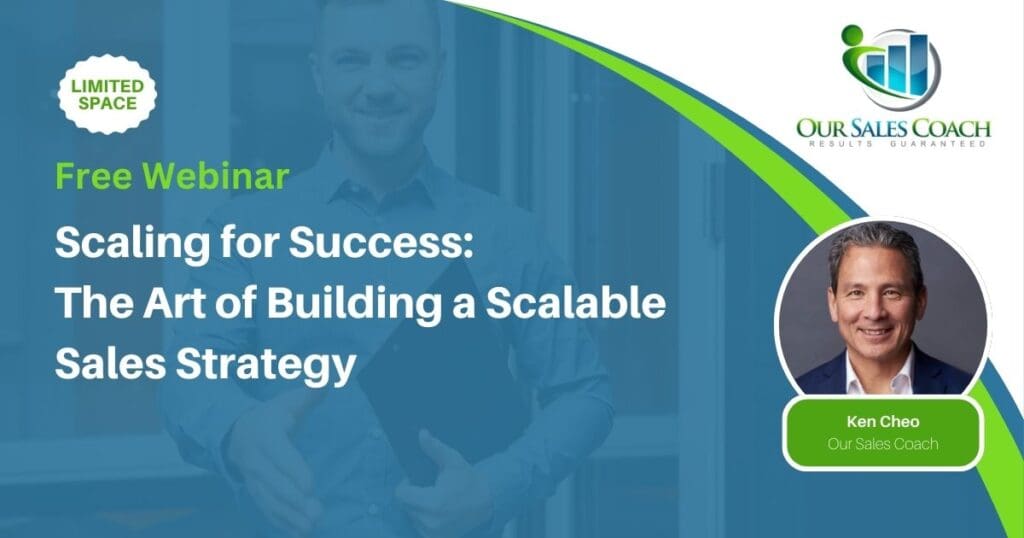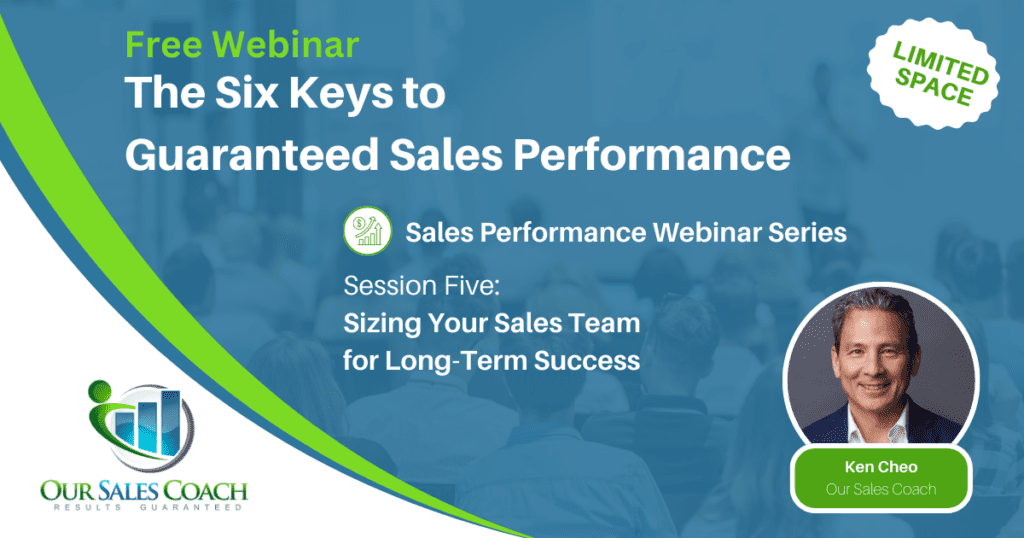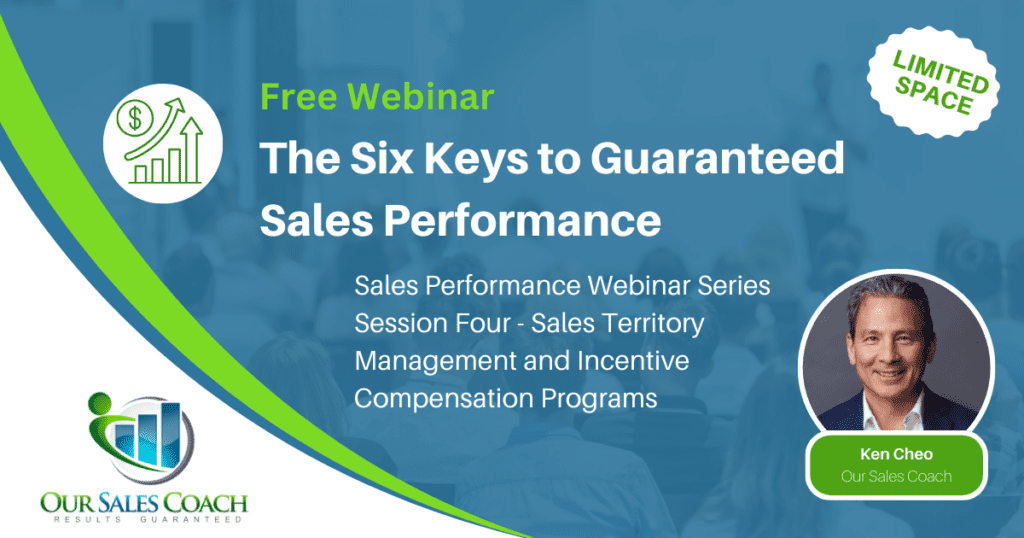I always say, ‘…people are your best resource to make things happen and get things done.’ People buy from people and can connect you to others who have the ability to catapult you forwards towards your goals. LinkedIn is the largest professional network in the world. There are over 630 million users on LinkedIn and it is going to one billion. 80% of LinkedIn users consider professional networking important to their careers, according to DMR business statistics.
Get Your Profile Right
Most people use LinkedIn merely as a place to store their resume. You need to use LinkedIn as the very valuable resource that it is. LinkedIn is a place to find prospects and strategic partners, as well as build relationships. It can work for you 24/7. So, unless you are looking for a job, your profile is not a place to store your resume. Let?s start with the headline. This is like the subject line of a very important email. It?s the first thing they look at after your name. People usually place their title and company here. That goes below in the experience section. Instead, talk about who you help, how you help them and the results they get. You have 120 characters, here, use them.
The next section is the summary. I find a lot of people don?t bother to fill this out. You have 1500 characters to help prospects find what they want. Speak to your target, incorporate a call to action and use present tense. Share a little personal information. And, fill in the contact information, like your phone number and email; use your business email, not your personal.
Use a professional headshot photo. This isn?t Facebook. No beach photos with a margarita in your hand. And, you don?t want to be the shadow. That sends a clear message. Professional headshot photos get 14 times more profile views and 36 times more messages.
If you are involved with different things, use additional sections for experience, get recommendations, and mention publications, certifications and awards. Include any training you have done. List networking groups, community groups, chambers or volunteer organizations you have been or are currently involved with. It will help you find common ground with more people on LinkedIn. Five or more skills grab you 17 times more profile views. Use the space.
Get testimonials
You should always be asking your clients if they are happy. Once they sing your praise, ask them if they would be ok if you put that on your LinkedIn profile. Offer to ghost write it. When they say yes, you can write what they said and send it with a link to edit and post.
Connect with prospects and strategic partners
Now you can start connecting with prospects and strategic partners. Producing a high-quality list will require you to limit your target market. Being specific will also let you offer education that will be relevant to them and others you can network with.
Everything starts in the search bar. Enter a key word or phrase that will be in the profiles of the people you want in your list. As soon as you have entered something, the search filter criteria will appear. Searching by second connections and location will help reduce the results to a manageable list. Click off 1st connections and use additional key words and Boolean connectors such as ?AND? or ?NOT? to further reduce the size. A good list size for contact marketing and sales prospecting is 200. If you want to conduct a messaging campaign, you should expand the size to around 2000. Using these strategies should enable you to produce a list rich with the type of people you want to connect with without having a paid subscription. Subscribing to Navigator, however, will provide you with many additional filtering options for a more powerful search.
You should also send requests to people you meet networking, at trade shows and events. An email with a, ?…nice to meet you at____, I will send you a LinkedIn request,? is always appropriate. Remember, your connections are leads to others like them.
When you connect, be complementary and look for others to connect them with. Share posts that will be interesting to your contacts. Let them know you will be happy to make introductions if they see someone you are connected with they would like to meet. Give recommendations based on what you know about the person and their industry; they will appreciate the recognition. Remember a thank you when you are on the receiving end of recommendations.
You can also connect with people in groups. Look for those of interest to the people you want to connect with and drip data to your targets. There can be good discussions in groups and good content for you to share in posts. Be a category expert and build credibility. Participate in other discussions and add value to them, repurpose posts, ask questions and start your own discussions. Use #hashtags and remember to check your inbox for messages and any pending requests, taking note of when that happens. We were connecting with bank executives in New England 2 years ago and found they were responding mostly on the week-ends, in the evening and from their phones.
Messaging
When sending messages, don?t sell. I get messages daily from people telling me what they do and asking for my time. These people get ignored. Send Inmail messages rich with valuable information on issues you know are on their mind. You could also ask for advice or opinions. Engage yourself by responding to notifications about connections? new positions, profile updates or long posts. When dripping information to contacts, be sure it is relevant to their business. You can connect them to a post or article, share an Ebook, white paper or case study. Send survey results related to their biggest challenges. Videos are great, as well. Offer to make connections or collaborate. When you do this, it establishes common ground, demonstrates expertise and establishes you as a resource not a sales pitch. Track all leads, who you have messaged and how or if they responded. Separate the messages by at least a week or two.
After three messages, you can ask for a call. Before the call, check their LinkedIn profile, review the message stream and look for mutual connections. Being introduced by a mutual connection is always easier and can save you the time for messaging. Read about business phone etiquette, HERE.
In addition to the more robust search functionality, Navigator enables you to look at 3rd degree connections, and tag your connections and leads. You can look for lead recommendations, send a limited number of Inmail messages to people you are not connected with, and see everyone who views your profile. If you are using Navigator, take full advantage of the many options it offers to help you meet and engage with the people you are looking for.
Last, but certainly not least, ask your connections for introductions and referrals! Let us know about your LinkedIn Success Stories in the comments, below.
